 Physics Events at Troy University
Physics Events at Troy University
The Lunar Eclipse over Troy, Alabama (1/20/2019)

Human Exploration Beyond Low Earth Orbit – Moon to Mars
| Have you been wondering what NASA is up to? Join NASA Education specialist John Weis as he discusses NASA’s plans to send people back to the Moon in the next few years and then on to Mars before 2040. The presentation will focus on transportation systems including the Space Launch System, Orion Crew Capsule and Exploration Ground Systems. | 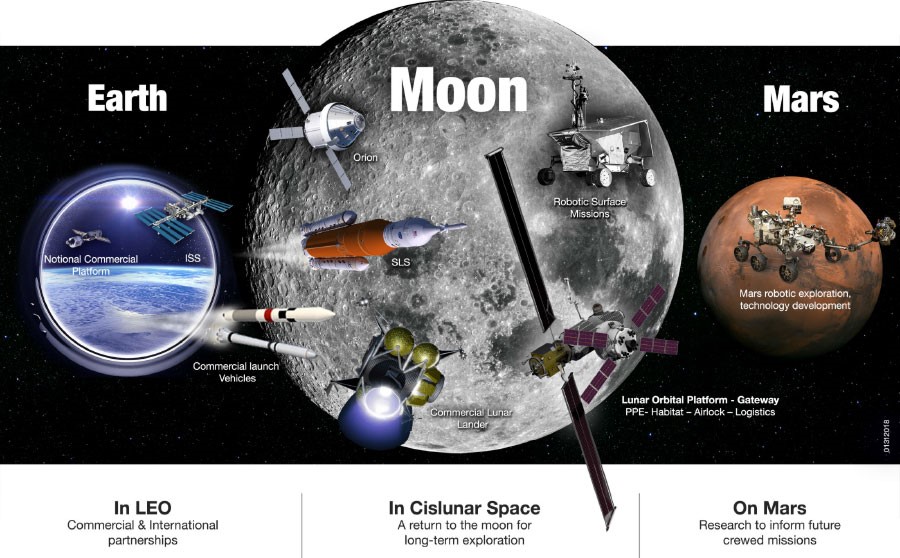 |
Saturday, October 27
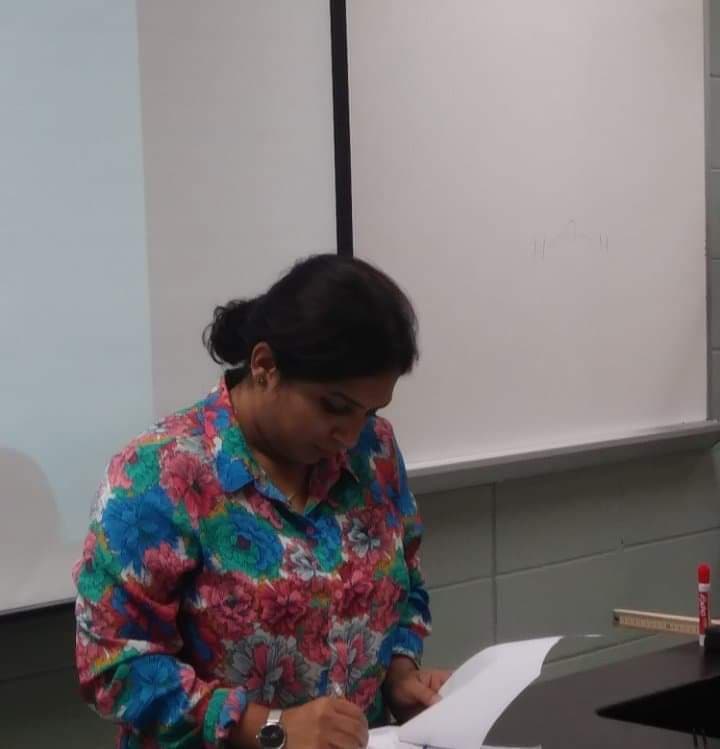 Dr. Qurat Ul Ann Ijaz led the class that introduced to the scouts, the basics of static and current electricty, basic magnetism and the connection between the two. The students also learnt about basic safety measures to be exercised when dealing with electrical equipment.
Dr. Qurat Ul Ann Ijaz led the class that introduced to the scouts, the basics of static and current electricty, basic magnetism and the connection between the two. The students also learnt about basic safety measures to be exercised when dealing with electrical equipment.
|
 Rakshak explained the basics of magnetic field, their origin and then performed a demonstration with the Van De Graff generator.
Rakshak explained the basics of magnetic field, their origin and then performed a demonstration with the Van De Graff generator.
|
Killer from the Nanoworld:
| Whiskers are single crystal electrically conductive eruptions that spontaneously grow from the surface of plated films. They have resulted in billions of dollars of liability to electronic circuitry, particularly those which operate in extreme environments. Whiskers are problematic for electronic assemblies since they can breach components and create short circuits. | 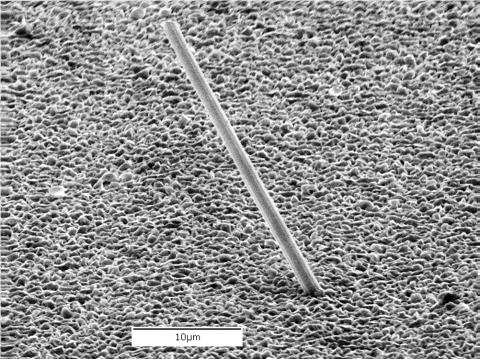 |
Physics Club Research Presentations:
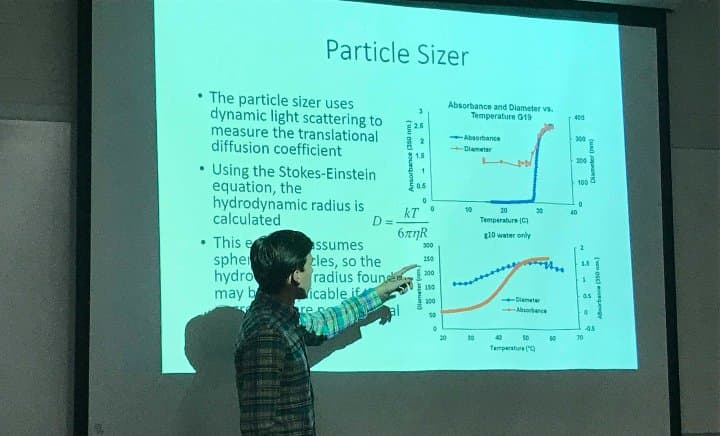 Ty Naquin, a junior physics major and Computer Science minor, presented his research on "Drug Delivery Nanoparticles", a project he worked on as a REU student at Cleveland State University. He explained the reversible phase transition that he observed in the Elastin-like polypeptides (ELPs) which can be used to synthesize armed polymers with arms made up of ELPs. He talked about the different properties of such polymers under different conditions of temperature , pH and salt concentration he studied via dynamic light scattering and spectroscopy.
Ty Naquin, a junior physics major and Computer Science minor, presented his research on "Drug Delivery Nanoparticles", a project he worked on as a REU student at Cleveland State University. He explained the reversible phase transition that he observed in the Elastin-like polypeptides (ELPs) which can be used to synthesize armed polymers with arms made up of ELPs. He talked about the different properties of such polymers under different conditions of temperature , pH and salt concentration he studied via dynamic light scattering and spectroscopy.
|
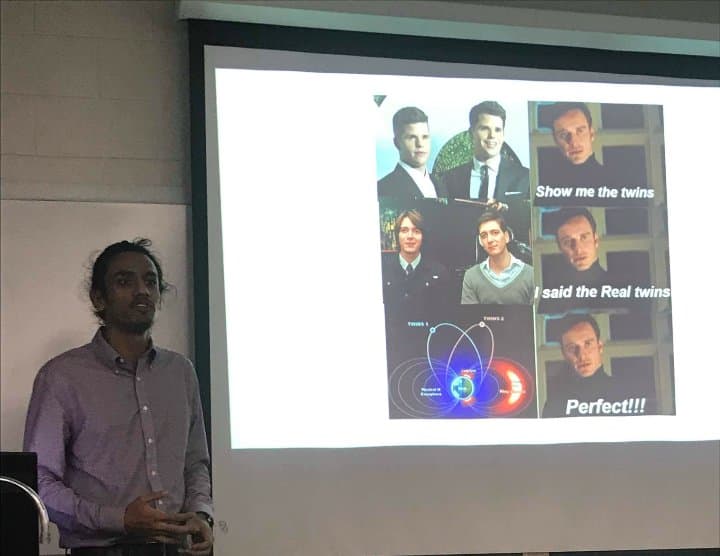 Rakshak Adhikari, a junior physics and mathematics major, presented his research on " Seeing the invisible: study of interactions of geomagnetic storms with earth's magnetosphere", his summer research project at Auburn university. He explained the dynamic nature of earth's magnetosphere, the properties of ring current and the importance of such a study. He talked about the satellite based NASA sensors that detected Energetic Neutral Atoms and the complex computational procedure that extracts the ion density from the observed data.
Rakshak Adhikari, a junior physics and mathematics major, presented his research on " Seeing the invisible: study of interactions of geomagnetic storms with earth's magnetosphere", his summer research project at Auburn university. He explained the dynamic nature of earth's magnetosphere, the properties of ring current and the importance of such a study. He talked about the satellite based NASA sensors that detected Energetic Neutral Atoms and the complex computational procedure that extracts the ion density from the observed data.
|
Physics Club Research Presentations:
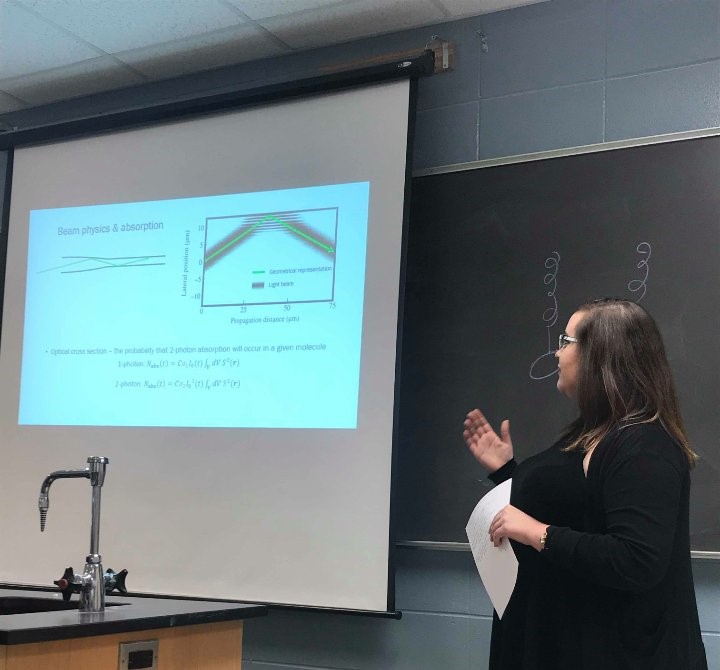 Madelynn Lytle presented her research on Light Capture in Cone Photoreceptors using 2-photon stimulation that she worked on at the University of Alabama in Birmingham.
Madelynn Lytle presented her research on Light Capture in Cone Photoreceptors using 2-photon stimulation that she worked on at the University of Alabama in Birmingham. |
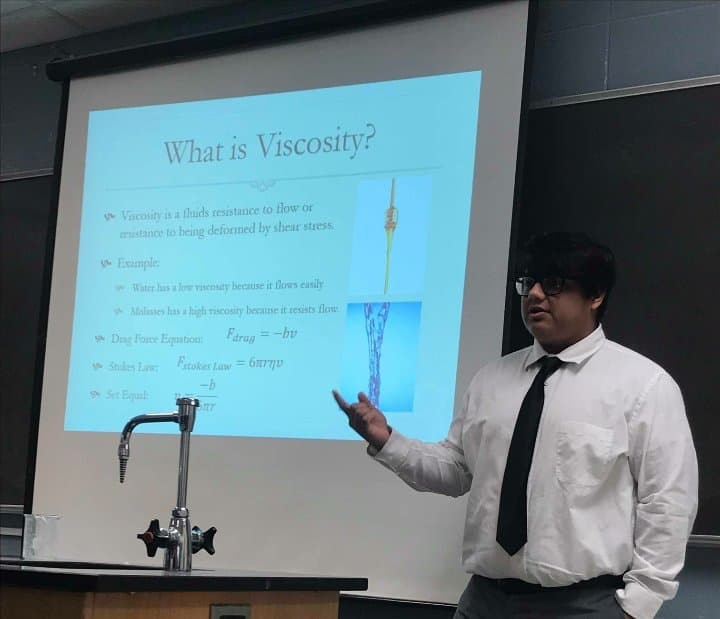 Donavan Ebersole presented his summer research on Measuring Viscosity using a Damped Harmonic Oscillator at Troy University in collaboration with Dr. James Sanders and Ty Naquin.
Donavan Ebersole presented his summer research on Measuring Viscosity using a Damped Harmonic Oscillator at Troy University in collaboration with Dr. James Sanders and Ty Naquin.
|
 Sebastian Lee presented his research on Dish Photography of the BMX Telescope that he worked on this summer at the Brookhaven National Lab. Sebastian Lee presented his research on Dish Photography of the BMX Telescope that he worked on this summer at the Brookhaven National Lab. |
| Caroline Howell was awarded the Student Speaker Award for her presentation on Mapping Sound Waves at the Pi Mu Epsilon (PME) Conference in Denver, Colorado. (Research Advisor: Dr. Sanders) | 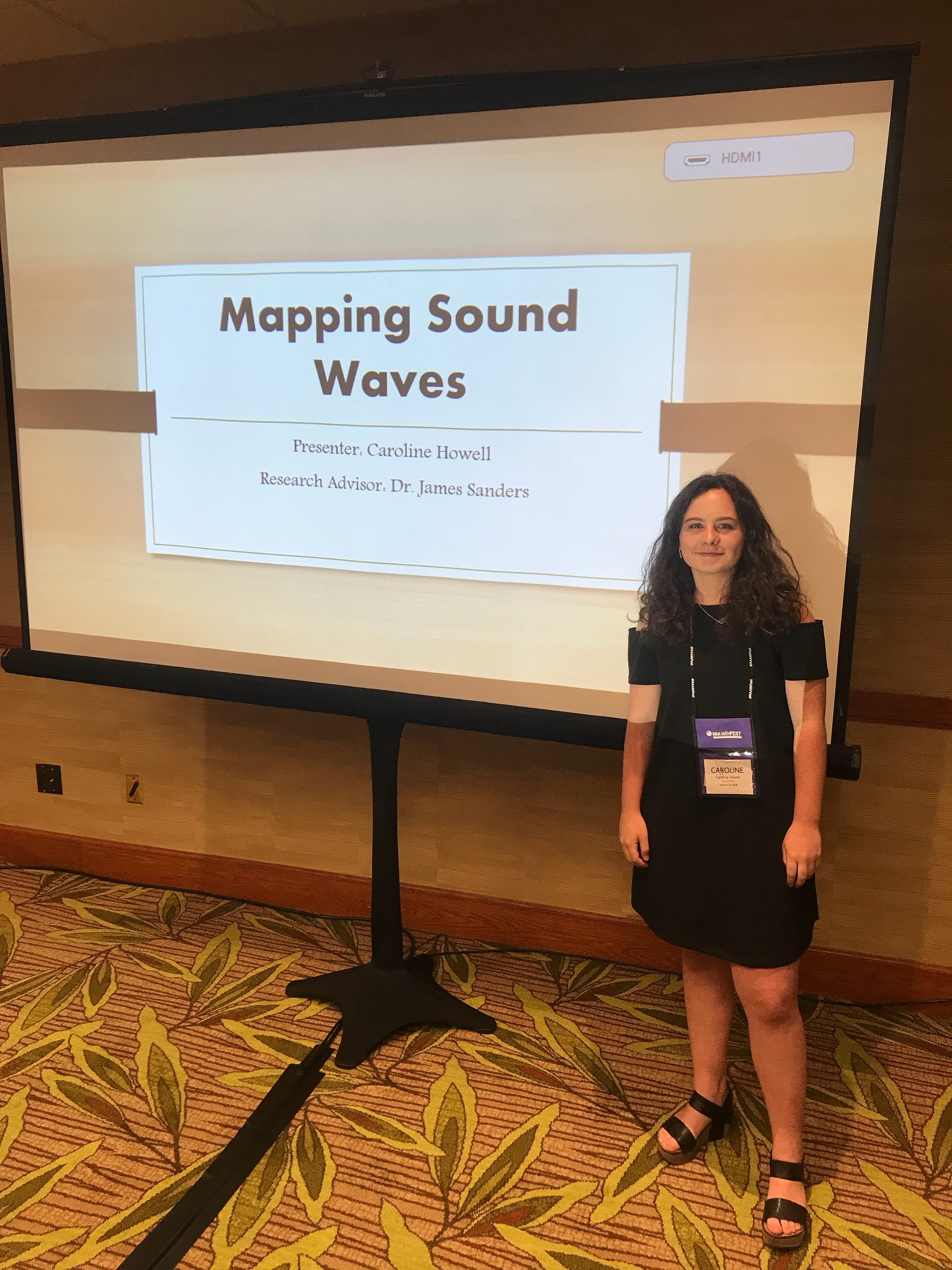
|
|
Dr. Maurice Clark presented his paper titled "Nine new variable stars". Rakshak Adhikari presented his paper titled " Modelling WUMa Eclipsing Binary Stars using Binary Maker 3.0". |
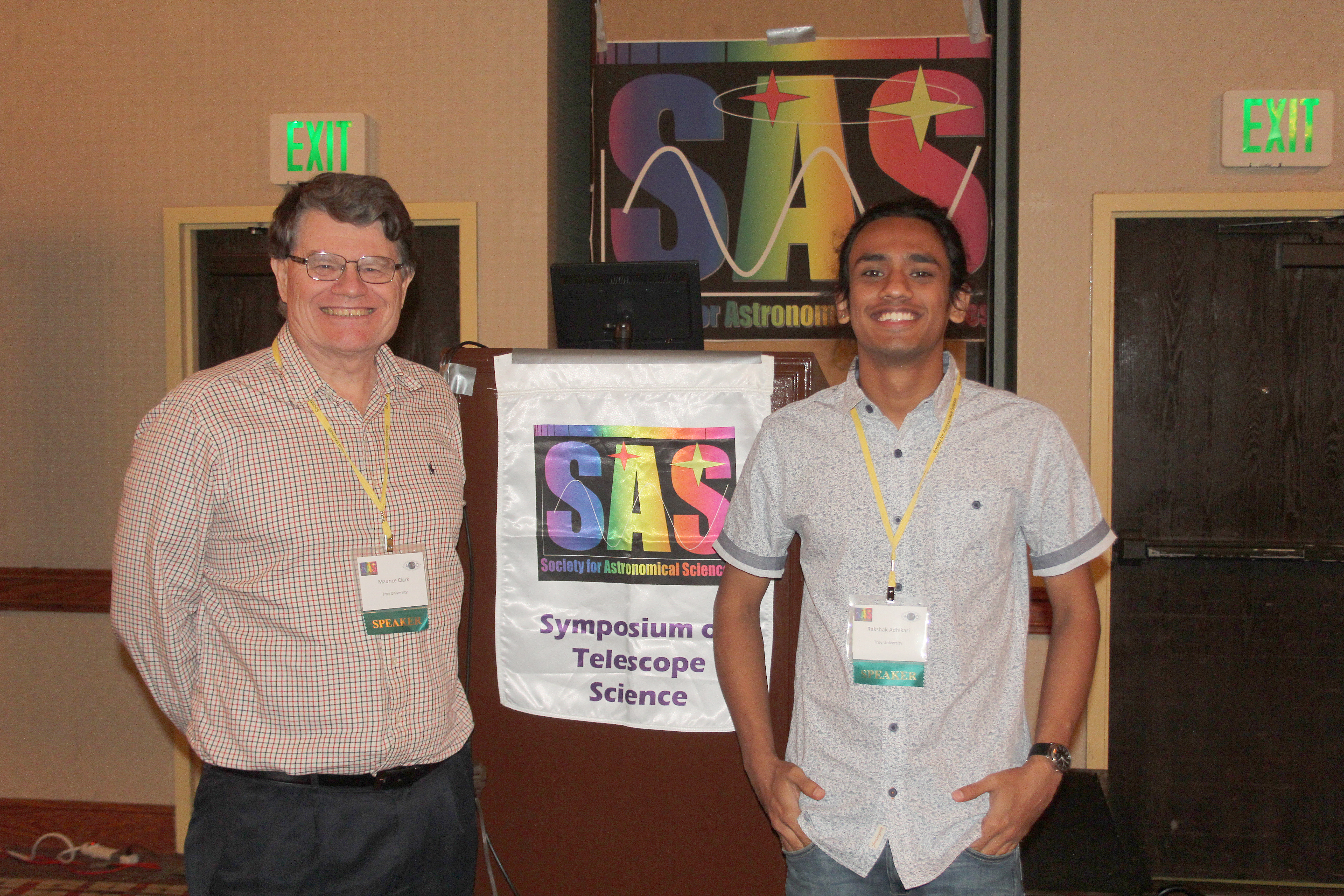 |
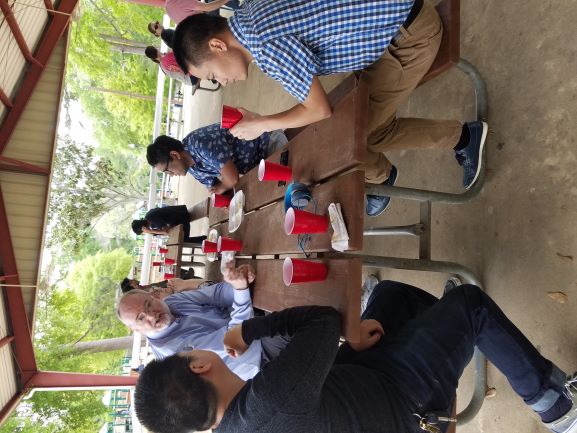 |
 |
| Dr. Hassan Kesserwani is a renowned neurologist and a practicing physician in Dothan, Al. Dr. Kesserwani is currently pursuing a Master’s Degree in mathematics in his spare time. He will deliver a general audience talk that will introduce students to the mathematical formalism behind General Relativity. | 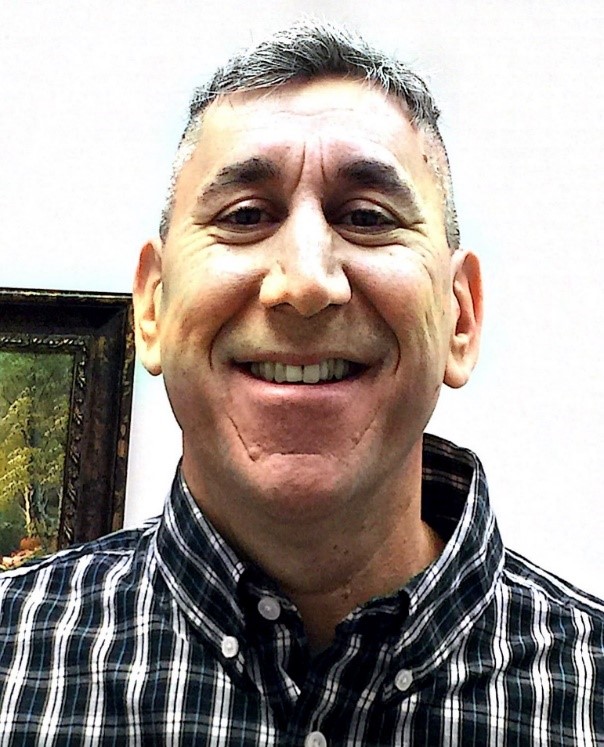 |
| Have you ever wondered where we all came from? Join NASA Educator Professional Development Collaborative specialist John Weis and explore the linkage between the life cycle of stars and the elements of the periodic table. | 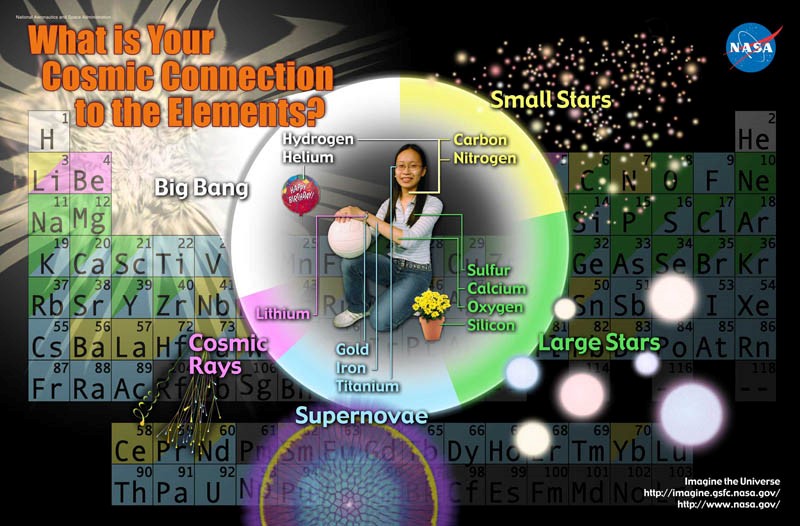 |
| What happened after the Big Bang? Join NASA Educator Professional Development Collaborative specialist John Weis on a tour of the life cycle of stars of all sizes and temperatures. | 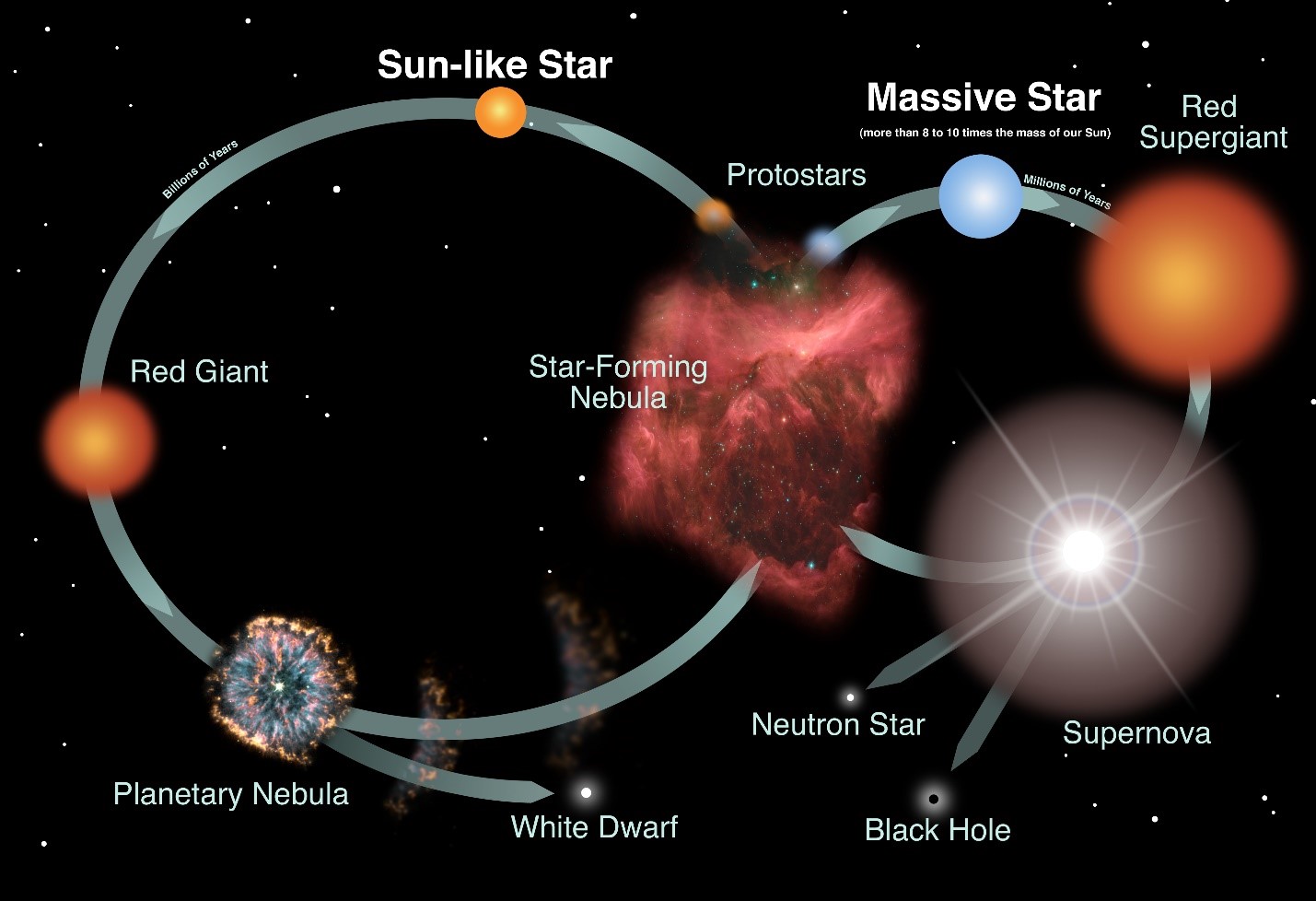 |
| Dr. Vrishank Raghav is an Assistant Professor in the Department of Aerospace Engineering at Auburn University. Previously he was an American Heart Association Postdoctoral Fellow at Georgia Institute of Technology, where his work was on understanding the effect of hemodynamics on the progression of congenital heart valve disease. Before diversifying into biological flows, he obtained his Ph.D. in the School of Aerospace Engineering at Georgia Tech in 2014. His dissertation was focused on understanding the three-dimensional nature of unsteady flow separation occurring on wind turbine and helicopter rotor blades and was chosen by Sigma-Xi, the Scientific Research Society as the 2015 Best Georgia Tech Ph.D. Thesis. | 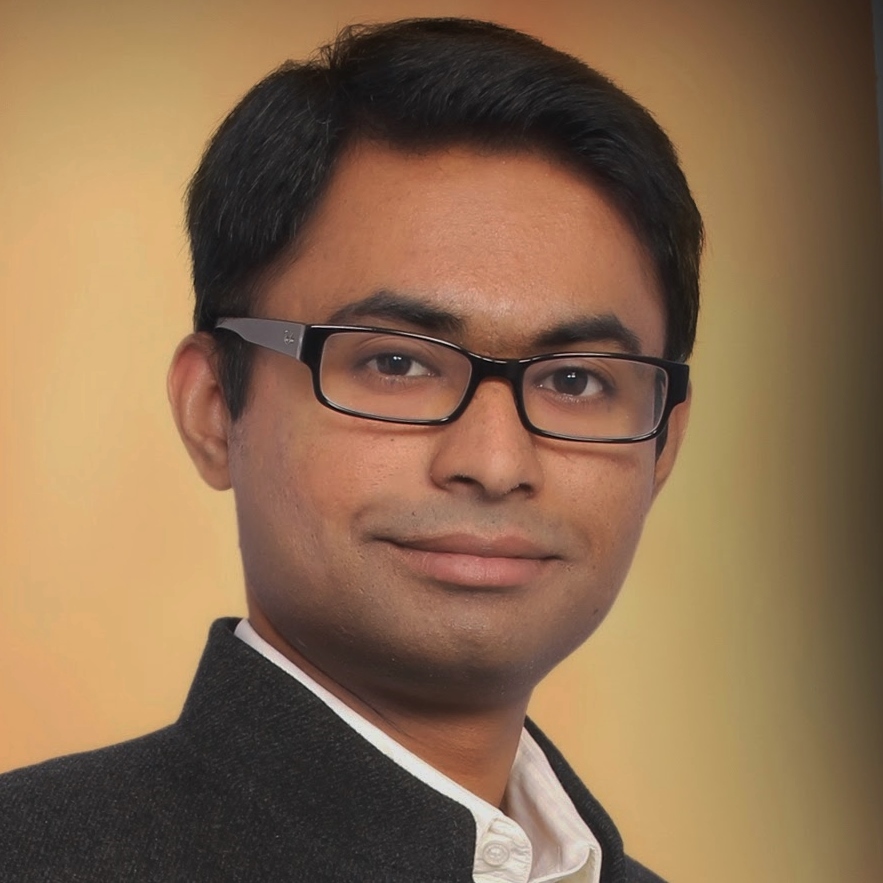 |
| Dave Hilton received B.S. (1997) and M.S. (1999) degrees in Optics from the University of Rochester. He received a M.S. (2001) and Ph.D. (2002) in Applied Physics from Cornell University. From 2002 to 2006, he was a postdoctoral researcher at Los Alamos National Laboratory in New Mexico, where his research focus shifted to terahertz spectroscopy of correlated electronic systems. From 2006 to 2007, he was a postdoctoral researcher at Rice University, where his interests included the development of novel spectroscopic measurement techniques for high-resolution spectroscopy in high magnetic fields. He joined the faculty as Assistant Professor of Physics at the University of Alabama at Birmingham and was promoted to Associate Professor in 2013. His research program focuses on the study of insulator-to-metal phase transitions in transition metal oxides and ultrafast investigations of high mobility 2DEGs and dichalcogenides. | 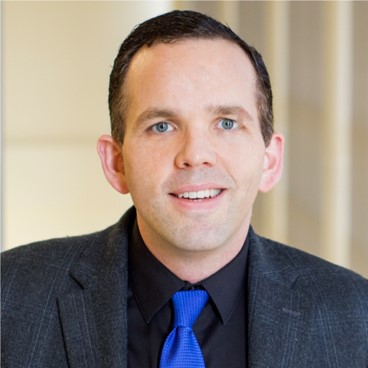 |
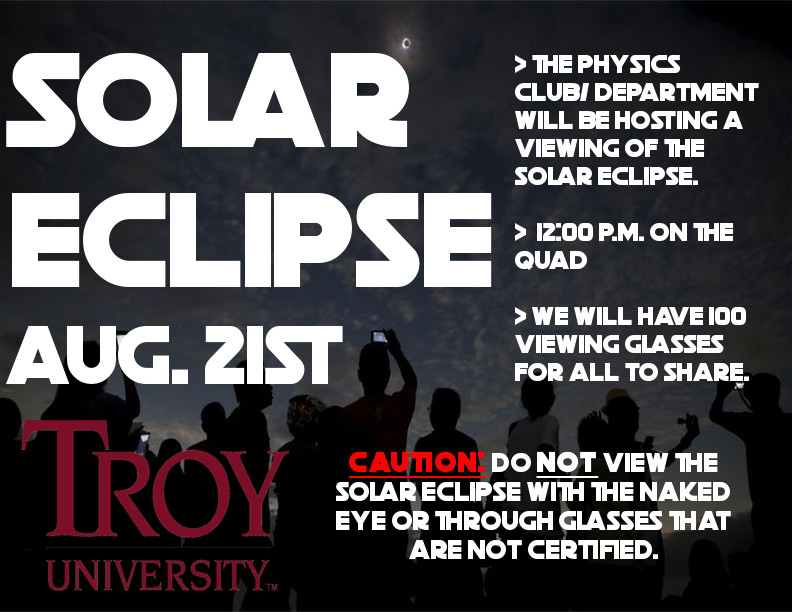
|
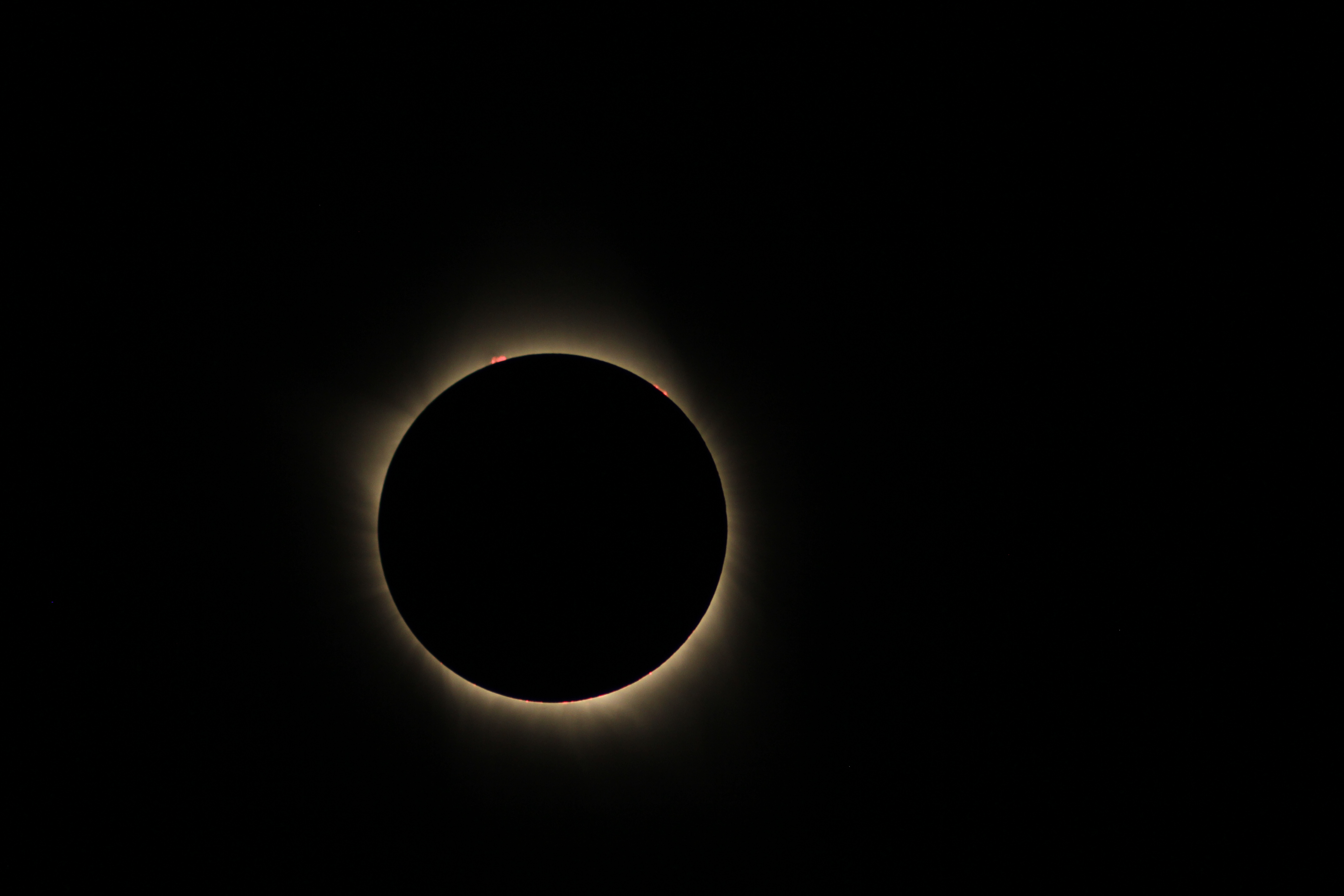
Photo by Dr. Maurice Clark |
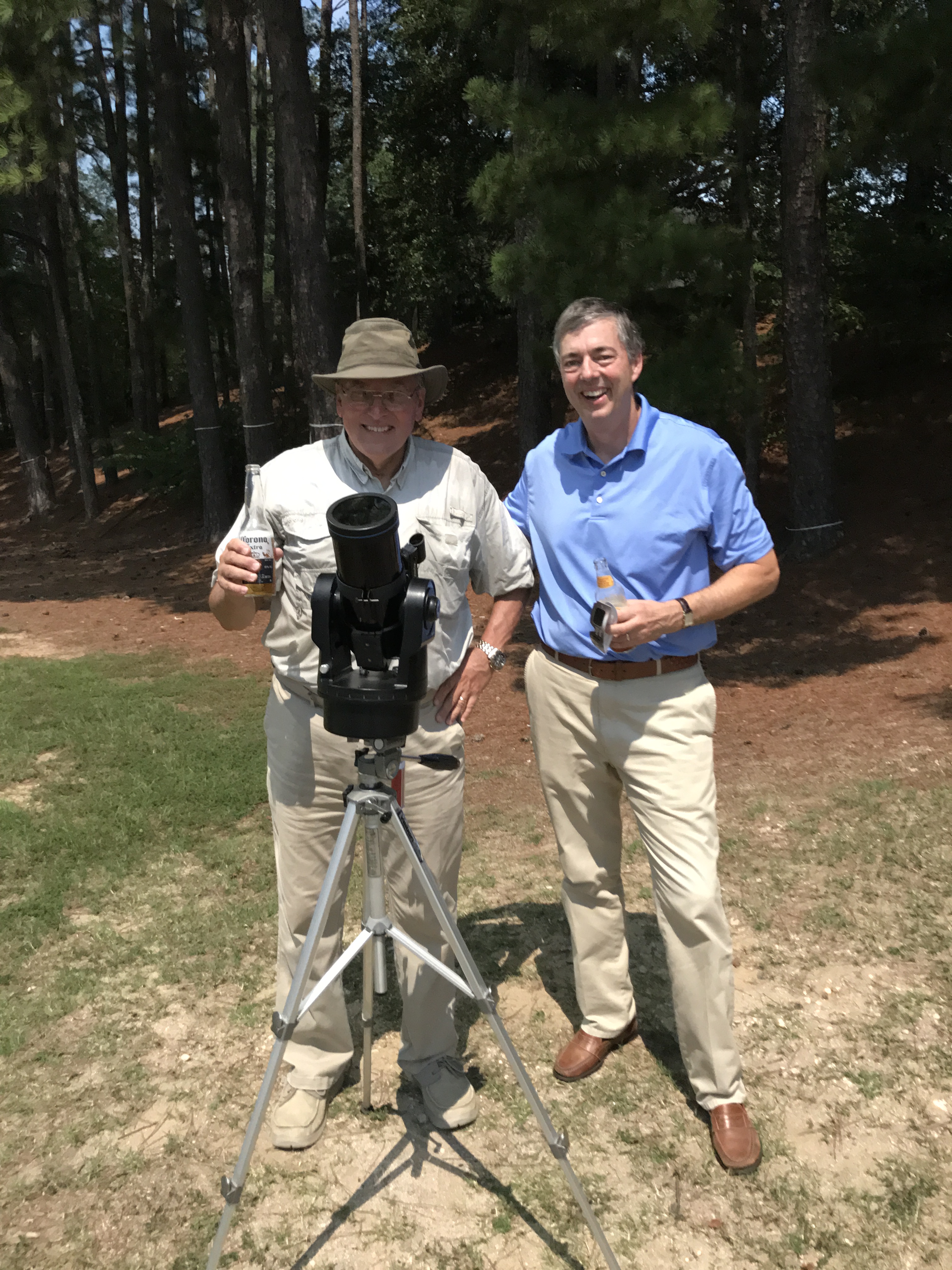 Al Allenback and friend |

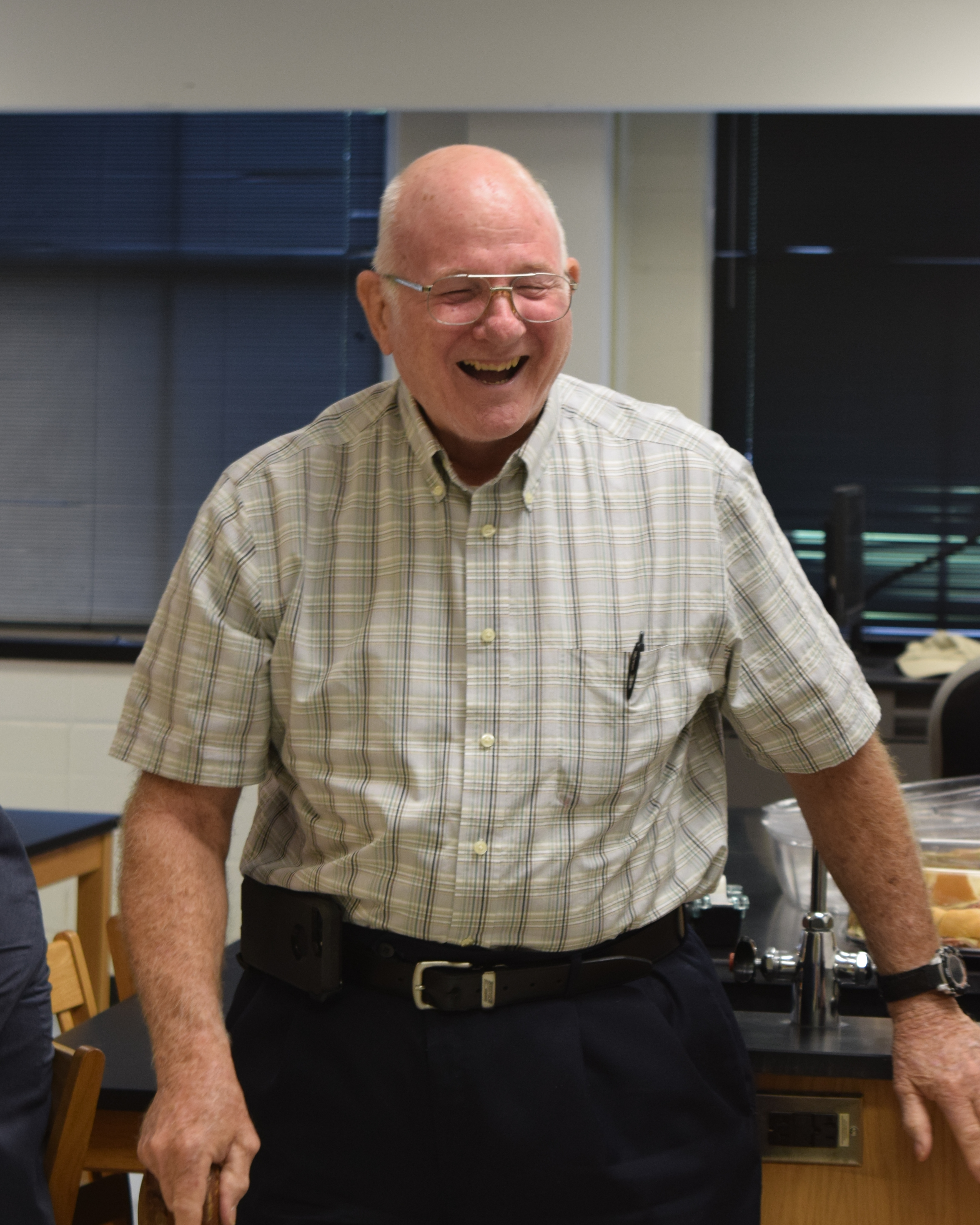
2016-17 (Back)
The Lure of the Night
Dr. Maurice Clark
Thursday, April 27
4:00-5:00 p.m.
MSCX -Room 114
Astronomy is more than just "looking at stars". The universe is a giant laboratory that allows us to explore nature in conditions far more extreme than can be produced on Earth. It is the most fundamental of all sciences and the most all-encompassing. In addition, our understanding of the universe is expanding at an exponential rate. Yet astronomy is also the most democratic of sciences. Its beauty and its wonder are open to all, and not just the scientist using giant telescopes. Examples of research opportunities with modest equipment are presented as are important discoveries by non-scientists through Citizen Science projects.
Whats Up; Way Up?
John Weiss
NASA, Marshall Space Flight Center
Wednesday, April 19
4:00-5:00 p.m.
MSCX -Room 114
This presentation gives a brief overview of current events at NASA including current and near-term missions, new discoveries and long-term goals of the agency. Topics covered will include unmanned missions, human space flight, aeronautics research and their impacts on the standard of living in the United States.
Watch the presentation here.
Physics trip to LIGO, Livingston, LA
Saturday, April 15
Back row (left to right): Joanna Campbell, Ty Naquin, Govind Menon, Andrew Crokett, Pawan Khanal, Yogesh Niraula, Pawan Khatiwada, Bishal Niroula, Rakshak Adhikari, Aashish Kafle
Front row (left to right): Aayush Nepal, Alex Brassington, Regan Bhatta, Nilotpal Mukherjee
The Physics Food Truck Arrives to Troy (Teach Spin)
All day Tuesday, March 28
Location: TBA
TeachSpin’s “Food Truck for the Physics Mind” is a rolling laboratory, bringing to you a hands-on encounter with some classic physics phenomena. Below we list the ‘cast of characters’:
1) Diode-Laser Spectroscopy: Tuning the interaction of laser light with atoms
2) Two-Slit Interference: A quantum ‘thought experiment’ turned actual
3) Magnetic Force: Confronting the most persistent misconception in E&M
4) Optical Pumping: Enabling the radio-frequency spectroscopy of atoms
5) Quantum Analogs: The quickest way to build intuition for quantum-relevant wave behavior
6) Modern Interferometry: Exploiting micrometer, and nanometer, sensitivity to displacement
7) Noise Fundamentals: When is electronic noise not a nuisance, but a resource?
8) Fourier Methods: What can you learn by ‘thinking in frequency space’?
9) Earth’s-Field Nuclear Magnetic Resonance: The singing of the waters
10) Torsional Oscillator: Exploring damped, driven, simple harmonic motion
11) Faraday Rotation: Proving there’s magnetism in the electromagnetism of light
12) Signal-Processor/Lock-In Amplifier: How to extract signals form noise
13) Magnetic Torque: The surprising results of magnetic torque vs. angular momentum
14) Nuclear Magnetic Resonance: What’s the basis of the NMR technique in physics, chemistry, and MRI?
15) Ultrasonics: What sound of MegaHertz frequencies can do for you
16) Muon Physics: Particle Physics at your fingertips, any time and any place
The Physics that Drives Life: From Thermodynamics to Quantum Biology
Dr. Ryochi Kawai
University of Alabama at Birmingham
Thursday, March 16
4:00-5:00 p.m.
MSCX -Room 114
Regardless of whether they are alive or inanimate, things on the Earth are all made from molecules which are in turn made of protons, neutrons, and electrons. Then, both living and lifeless systems should obey the same laws of physics. In other words, we should be able to explain how living systems work using physics alone. However, we are not sure if the currently known laws and principles of physics are sufficient to explain the life. We are still far from being able to answer this question since we haven't explained much of the biological processes with physics yet. In order to discover a possible new physics, we need to try to explain the whole of living systems with the present physics. In this talk, I will try to introduce several interesting processes in biological cells which physicists are trying to explain using the known laws of physics, including molecular motors driven by non-equilibrium thermodynamics, photosynthesis that harvests sun light using quantum tunneling and coherence, and avian magnet compass which may be utilizing quantum entangled states. These examples, which are not fully understood yet, show that the life perhaps knows graduate level physics or above.
Exoplanet Orbital Dynamics
Dr. Kaloyan Penev
Princeton University
Tuesday, February 28
10:00-11:00 a.m.
MSCX -Room 114
I will review the importance of tidal dissipation in low mass stars and giant planets. I will present the current challenges in understanding or describing the dissipative processes involved, and present promising new results pointing to a resolution if this decades old problem. I will conclude with discussing some of the projects I would like to pursue that will be enabled by better understanding of tidal dissipation.
Wetumpka Impact Crater: Understanding Alabama's greatest natural disaster
Dr. David King
Monday, February 27
4:00-5:00 p.m.
MSCX -Room 114
About 84 million years ago, central Alabama was situated at the shoreline of the northern Gulf of Mexico. A warm, equitable climate prevailed and the age of dinosaurs was in full swing. A small asteroid perhaps 300 to 350 m in diameter penetrated the atmosphere and shallow ocean waters of central Alabama and detonated nearly a kilometer into the crust. The rim and floor of this impact crater have stood the test of time and are still present today as an area of highly disturbed geology in Elmore County, less than 20 minutes drive from downtown Montgomery. The crater is asymmetrical and is horseshoe-shaped, ranging in size from 4.5 to 7.6 km across. Suggestions that this unusual structure might be an impact crater began in the 1970s following a state survey mapping campaign in the area. However, proof of impact in the form of shocked minerals and traces of cosmic elements like iridium was lacking until a core-drilling campaign was undertaken in 1998, which was led by me. In 1999-2000 we documented unequivocal evidence of shocked mineral grains (quartz) and traces of cosmic elements from the impactor (iridium, plus Cr, Co, and Ni). This resulted in a 2002 paper in Earth and Planetary Science Letters that laid out the evidence and thus established Wetumpka as a bona fide impact crater within in the impact-crater community. Further research has established the role of sea water in the crater modification process. We have subsequently documented evidence of aqueous mass movements and muddy tsunami flows in the crater and vicinity.
Delineating the Cosmic Distance Scale and the Galaxy's Structure
Dr. Daniel Majaess
Tuesday, January 31st
4:15-5:00 p.m.
MSCX -Room 114
Dr. Dan Majaess graduated with a Ph.D. in astronomy from Saint Mary’s University in Halifax, Canada. His primary area of research is to establish a reliable distance scale that is crucial for determining the expansion rate of the Universe, the age of the Universe, and facilitating efforts to delineate the spiral structure of our Milky Way galaxy. Dan is a candidate for the position of Assistant Professor of Astronomy at Troy University.
|
Gravitational Waves: A general audience talk. Dr. Govind Menon Tuesday, October 25th 6:00-7:00 p.m. Kiwanis Club Dr. James Sanders and Ty Naquin help demonstrate how an interferometer works at the Kiwanis Club during the talk on gravitational waves. |
Big Bang Theory: A general audience talk for the Physics Club.
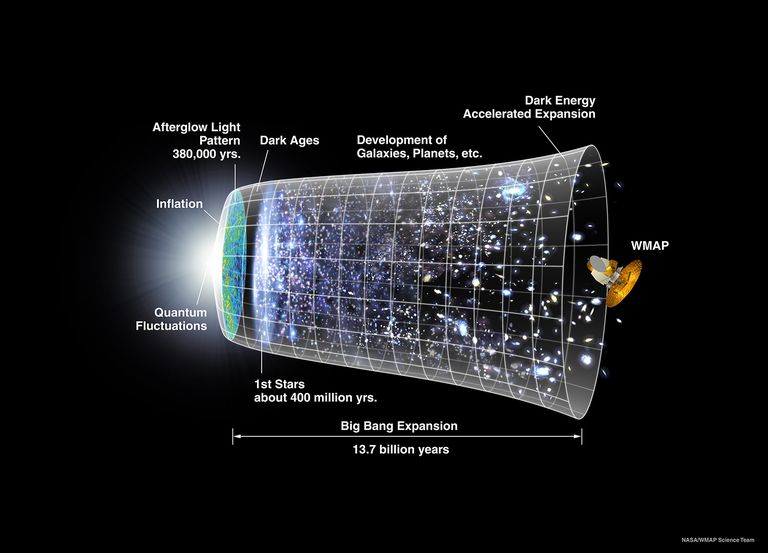 This introductory talk covers the rough cosmological history of the last 13.4 billion years of the universe.
This introductory talk covers the rough cosmological history of the last 13.4 billion years of the universe.
|
2014-15 (Back)
Wolfram Technologies in Education and Research